Introduction
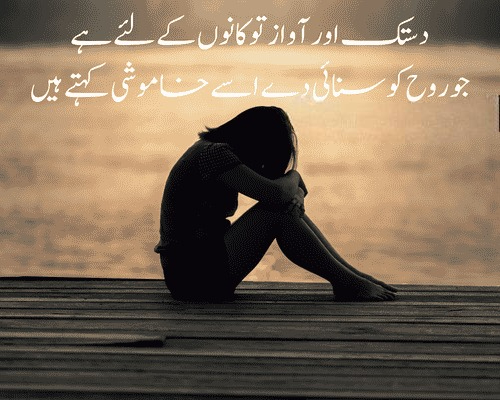
Sad poetry is a unique form of expression that resonates deeply with readers who are experiencing emotional pain, loss, or heartache. Through carefully chosen words and poignant verses, sad poetry captures the rawness of human emotions.
Whether dealing with grief, heartbreak, or loneliness, sad poetry helps individuals process their feelings and connect with others who may be going through similar experiences. In this article, we explore the essence of sad poetry, its impact, and how it can serve as a tool for emotional release.
What is Sad Poetry?
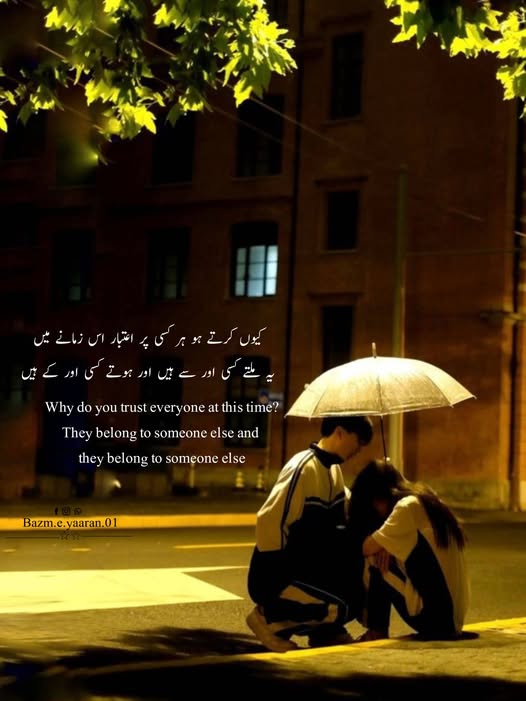
Sad poetry is a genre of poetry that conveys sorrow, pain, and melancholy. It often explores themes like love lost, separation, death, or personal struggle.
The language used in sad poetry is usually reflective, drawing out feelings of sadness and longing. The beauty of sad poetry lies in its ability to articulate emotions that are often hard to express in everyday life.
This type of poetry invites readers to connect with their deepest feelings. It serves as an outlet for those who may find it difficult to talk about their struggles. Through its verses, sad poetry offers solace and understanding.
Why Do People Read Sad Poetry?

People turn to sad poetry for many reasons. For some, reading sad poetry allows them to feel understood. The relatable themes of pain and loss create a sense of empathy between the reader and the poet. It’s as though the poem speaks the words they’ve been unable to say.
Additionally, sad poetry can be therapeutic. Reading about others’ experiences with sadness can help individuals process their own emotions. It creates a safe space where one can reflect on difficult moments without feeling isolated or judged.
The Healing Power of Sad Poetry
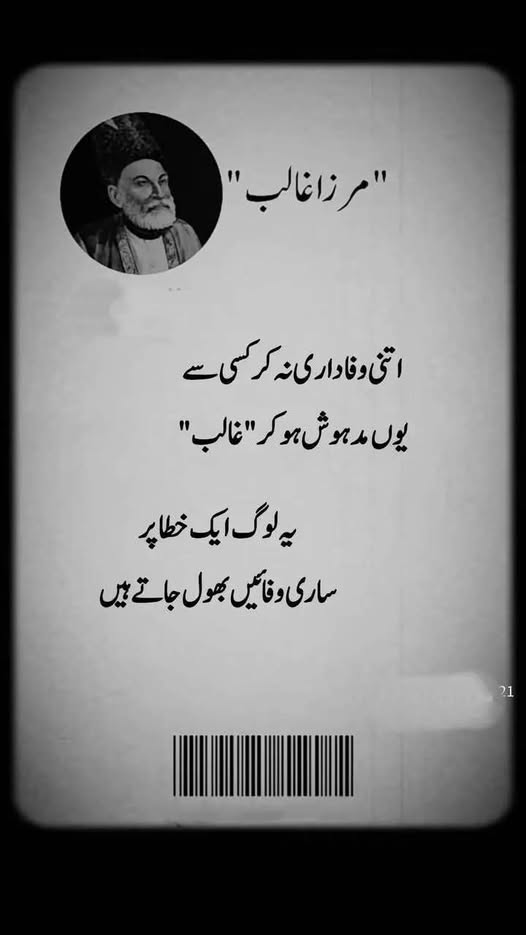
Sad poetry has a healing effect on many readers. The act of reading or writing sad poetry provides an emotional release, helping individuals confront their sadness head-on. It validates their feelings, allowing them to acknowledge the pain they’re experiencing.
Many psychologists argue that expressing emotions through art such as writing sad poetry—can promote emotional healing. When people connect with a poem, they often feel less alone in their sorrow. This emotional connection helps them move toward acceptance and healing.
The Role of Sad Poetry in Grief and Loss

Grief is one of the most profound emotional experiences people go through, and sad poetry plays an essential role in coping with this pain. After the loss of a loved one, individuals may turn to sad poetry to express their feelings of emptiness and sorrow. The words in the poems often mirror the deep sense of loss they’re facing.
Poetry allows those grieving to articulate emotions that are difficult to put into words. It helps individuals process the stages of grief, from shock to sadness, and even eventual acceptance. For many, sad poetry becomes a companion in the journey through grief.
Sad Poetry and Heartbreak

One of the most common themes in sad potry is heartbreak. Love, in all its beauty and complexity, can also bring immense pain when relationships end. Whether it’s a breakup, unrequited love, or the end of a romantic chapter, sad potry helps individuals express the sadness that comes with heartbreak.
Through heart-wrenching verses, poets capture the anguish and vulnerability that accompany lost love. Reading sad poety about heartbreak allows people to understand that their pain is universal. It encourages healing by offering comfort and empathy.
Famous Poets Who Wrote Sad Poetry
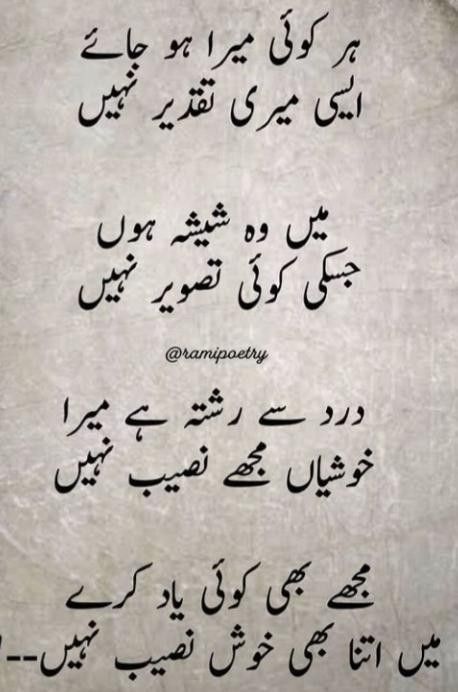
Throughout history, many poets have written profound sad poery that continues to resonate with readers today. Some of the most famous poets known for their exploration of sorrow and melancholy include:
Emily Dickinson

Emily Dickinson’s poetry often delves into themes of death, loss, and emotional isolation. Her poignant verses express deep sorrow and existential questions, which connect with those facing personal pain. Dickinson’s ability to convey complex emotions through simple, yet powerful language has made her one of the most revered poets in the world.
Edgar Allan Poe

Edgar Allan Poe’s works, including “The Raven” and “Annabel Lee,” are iconic examples of sad potry. His exploration of love, loss, and the darker aspects of the human soul struck a chord with readers. Poe’s mastery of language and atmosphere continues to captivate those who find solace in melancholy poetry.
William Shakespeare

While Shakespeare is known for his plays, his sonnets also explore profound sadness and heartbreak. His sonnet “When in disgrace with fortune and men’s eyes” delves into feelings of personal rejection, showcasing the deep emotional intensity that sad poery can evoke.
Types of Sad Poetry

Sad poetry comes in many forms, and different styles can evoke different emotions. Some common types of sad poetry include:
Elegy
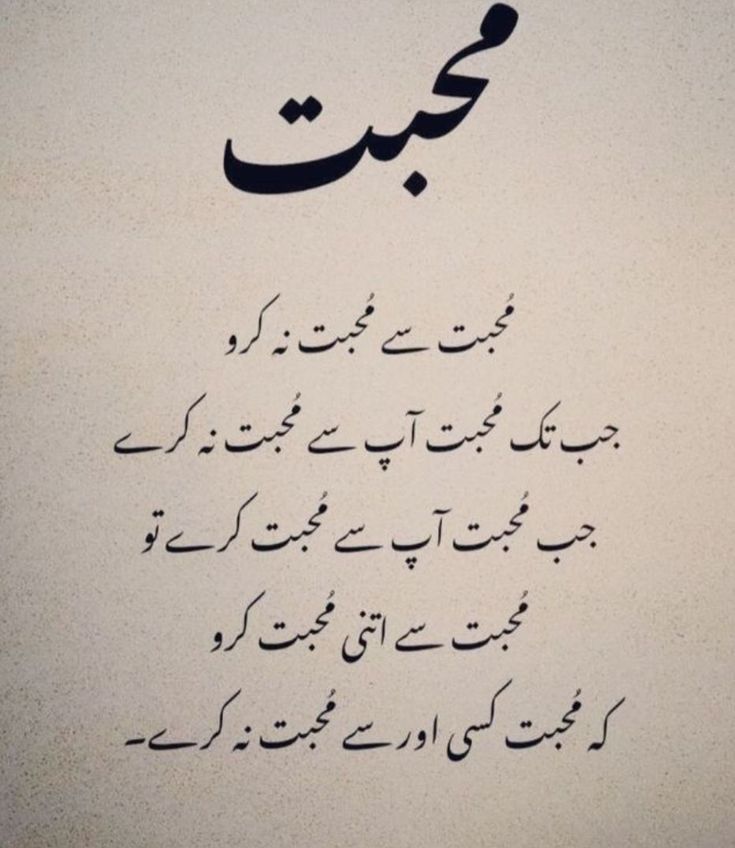
An elegy is a poem written in honor of someone who has passed away. It reflects on the sorrow of loss and the impact of the person’s life. Elegies often express grief, but they also celebrate the life of the deceased, offering a sense of closure.
Lament

A lament is a type of poem that expresses deep regret, sorrow, or mourning. It often focuses on personal suffering, such as heartbreak or the loss of a loved one. Laments are characterized by their emotional intensity and reflective tone.
Haiku

A haiku is a form of Japanese poetry traditionally made up of three lines. Although haikus are often associated with nature, many haikus are written to express sadness, longing, or contemplation. The brevity of haiku creates a poignant, emotionally charged experience.
How Sad Poetry Helps in Healing
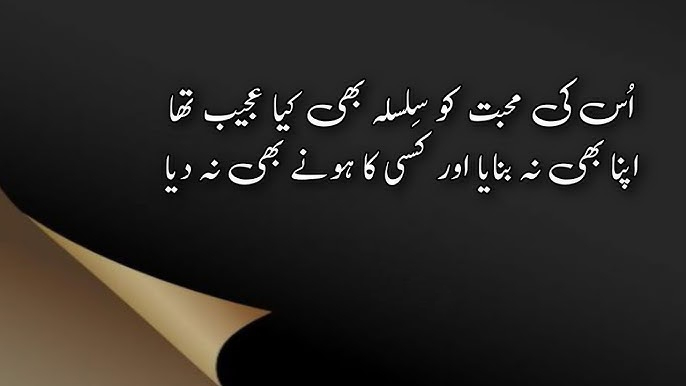
Reading or writing sad poery can facilitate emotional healing by providing an outlet for grief, anger, and sadness. Writing a poem can help individuals express feelings they may not otherwise share. It can also promote self-reflection and awareness, leading to personal growth.
Sad poery can help people cope with their emotions by giving them permission to feel and express their sorrow. The catharsis experienced through reading or writing sad poery allows individuals to release pent-up emotions, making them feel lighter and more at peace.
Writing Your Own Sad Poetry
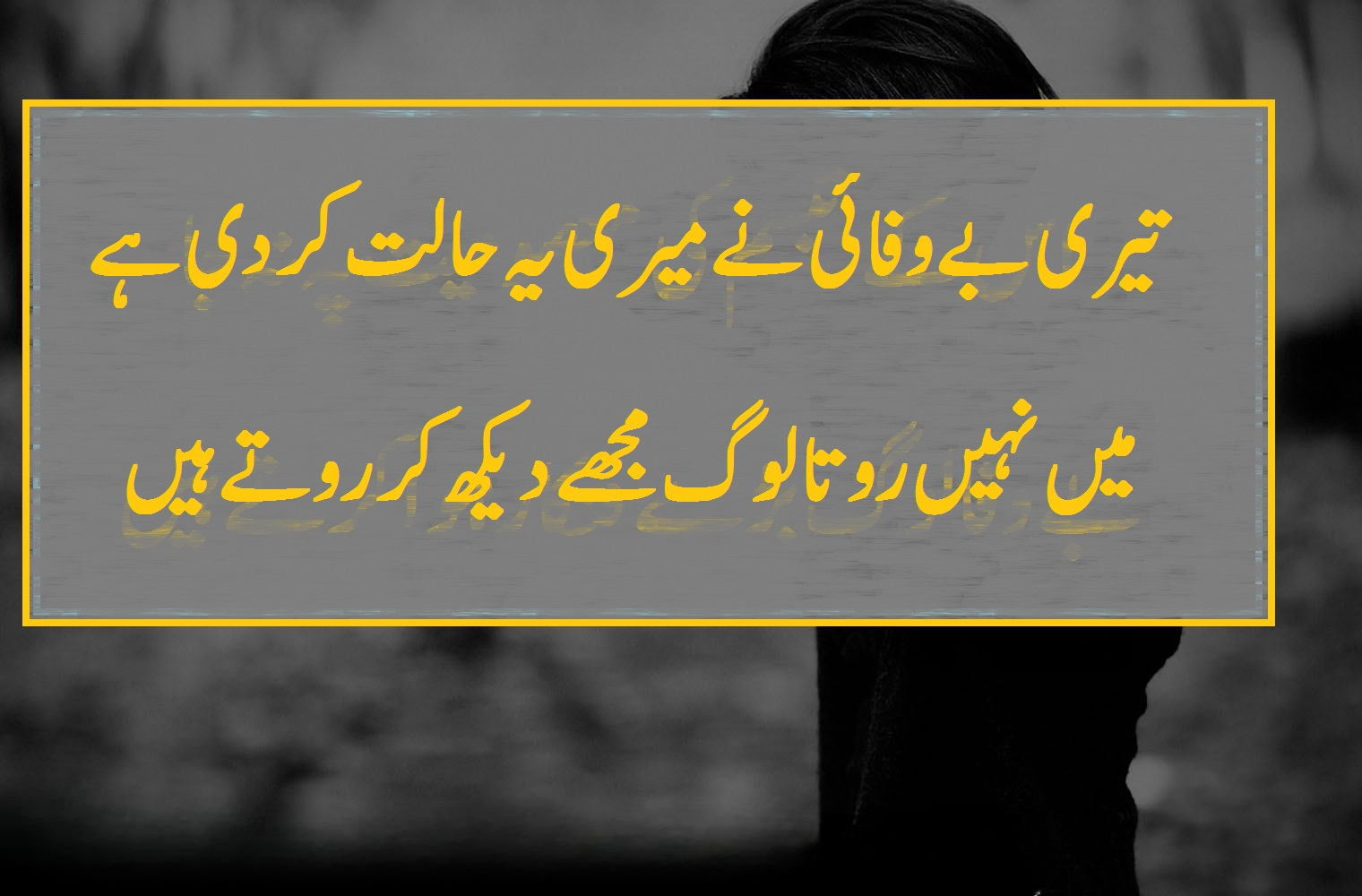
If you find solace in reading sad petry, you may want to try writing your own. Writing can be a therapeutic way to deal with complex emotions. Here are a few tips for writing your own sad petry:
Start with a Personal Experience

Many great sad poems are born from real-life experiences. Reflect on your emotions and write about a specific event or situation that has caused you sadness. Writing about your own feelings creates an authentic and relatable poem.
Use Imagery and Metaphors

Sad poetr often uses vivid imagery and metaphors to convey deep emotions. Instead of simply stating that you’re sad, describe the feeling in a way that evokes powerful images. For example, you could describe heartbreak as “a storm that drowns the heart in endless rain.”
Focus on the Emotion, Not the Situation

Sad poery doesn’t always need to describe a particular event. It can focus on the emotional impact that event had. Explore how you felt, rather than the specifics of what happened. This allows readers to relate on a deeper level.
Don’t Be Afraid to Be Vulnerable

Sad poery requires vulnerability. Don’t be afraid to let your emotions flow onto the page. Honesty and raw emotion will help your poem resonate with others.
The Impact of Sad Poetry on Mental Health

While sad poery may seem to focus solely on pain, it can have a positive impact on mental health. Writing and reading sad poetry offers a safe space to confront difficult emotions. It allows people to acknowledge their feelings without fear of judgment or misunderstanding.
Sad poetry can provide comfort by showing readers that their emotions are valid. It normalizes feelings of sadness, which can reduce feelings of isolation. For many, it’s a reminder that they are not alone in their struggles.
Conclusion

Sad poety is a powerful tool for expressing deep emotions. Whether dealing with grief, heartbreak, or personal struggles, sad poetry provides an outlet for individuals to process their feelings. The emotional impact of sad poety is undeniable, offering solace, healing, and connection for those in need.
Through its expressive verses and poignant themes, sad poety helps people understand and cope with the complex emotions that shape our lives. If you’re looking to explore your own emotions or connect with others who share your experiences, sad poety is a beautiful and cathartic way to do so.



